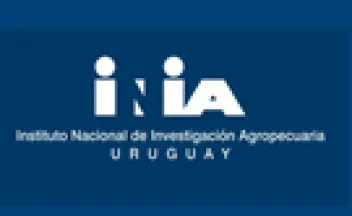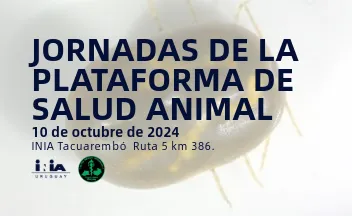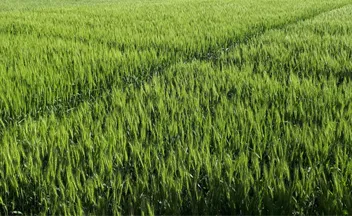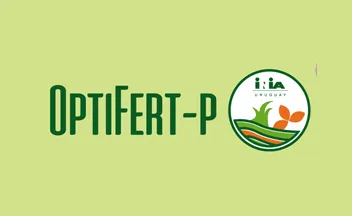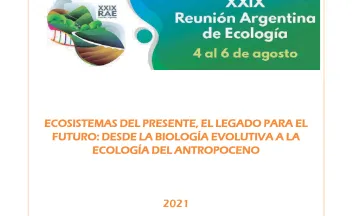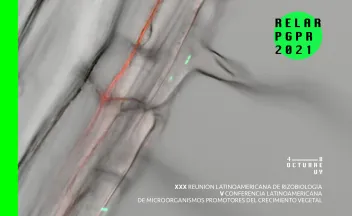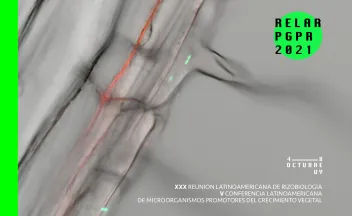Mitigación de emisiones de metano entérico.
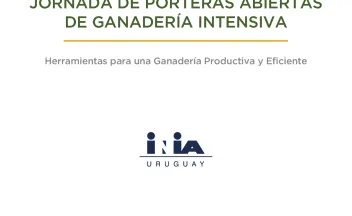
El calentamiento global del planeta a causa del aumento en la concentración atmosférica de gases efecto invernadero (GEI) contribuye directamente al cambio climático y favorece la ocurrencia de eventos climáticos extremos en distintas partes del mundo, incluido Uruguay, como sequías prolongadas o inundaciones.

